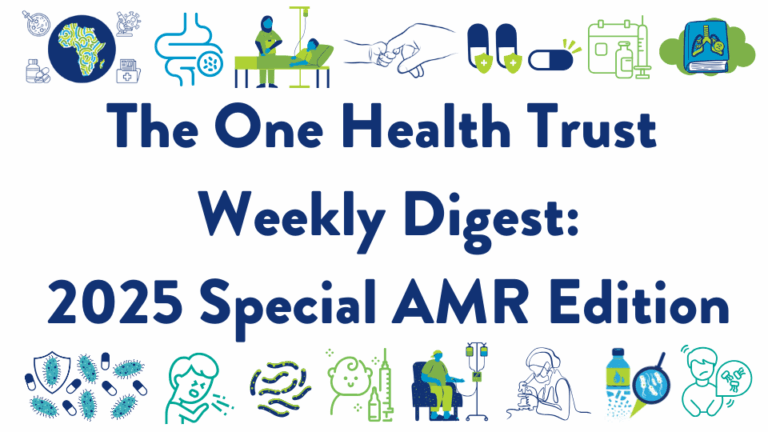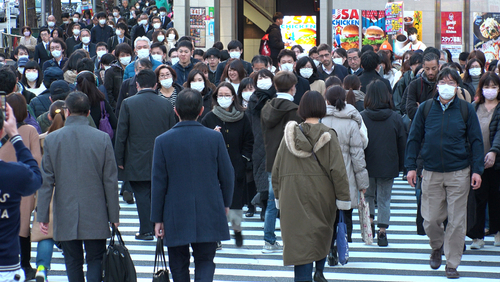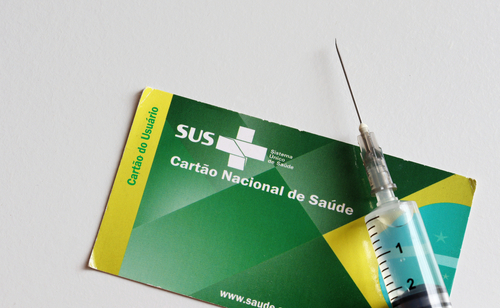June 11, 2018

Study determines factors influencing cost of immunization program in India. An accurate understanding of the factors influencing total immunization costs is important as India plans for vaccine program funding when support from Gavi, the Vaccine Alliance, comes to an end. Researchers at CDDEP have co-authored a study that shows that the five main determinants of routine immunization program costs in India are total doses administered, type of facility (primary health center versus sub center), salary of the main vaccinator, number of immunization sessions, and facility distance to nearest cold chain point. [Vaccine]
Weak antibiotic supply chain causes urgent problems globally. In a new white paper that cites CDDEP research, the Access to Medicines Foundation has warned that insufficient supplies of antibiotics can have severe consequences, such as the increase of birth defects in Brazil in 2015 that occurred after an antibiotic shortage led to a rise in untreated syphilis cases. Factors contributing to vulnerabilities in the world’s complex antibiotic supply chain include market forces, such as slim profit margins and production being concentrated in few manufacturers, as well as poor communication about ingredient shortages, and inadequate planning. [Access to Medicines Foundation, The Guardian]
Microplastics in water facilitate gene transfer among bacteria. In a study exploring the effects of microplastics on bacteria in aquatic ecosystems, researchers found a thousand-fold increase in the rate of horizontal gene transfer (HGT) in laboratory bacteria in water with polystyrene microparticles compared to water without the particles. In lakewater containing microplastic particles, they observed a hundredfold increase in HGT compared to lakewater without plastic. The authors assert that surfaces of microplastics support biofilm formation which threatens aquatic and human health globally by contributing to the spread of antimicrobial genes. [Environmental Pollution, ScienceTrends]
Ukraine: As internally displaced people move westward, so does HIV. Epidemiologists analyzing viral gene sequences from a Human Immunodeficiency Virus (HIV) database in Ukraine have documented the migration of people with HIV since unrest began in 2013 and armed conflict broke out in 2014. People with HIV in the Russia-controlled East of the country have relocated to areas where HIV treatment is still available. In the East, funding cuts, reduced supplies of anti-retroviral therapy, restrictions on harm reduction and preventive programs, and threats against HIV-positive drug users have unraveled progress made previously towards controlling the spread of HIV in Ukraine. [PNAS, Lancet]
Differences in human microbiomes of rural vs. urban dwellers in Nigeria. A study comparing urban to rural and infant to adult microbiomes found numerous differences, including the absence of bifidobacteria—a bacterium long held to be important for health and development—in rural infants. Researchers also found that the differences between rural and urban microbiomes are apparent at a young age and that specific microbiome and metabolome traits are progressively lost with urbanization. [Cell Reports, EurekAlert]
Paradoxical bias in overtreatment. An article in US News and World Report draws on two medical studies to examine what factors may influence the prescribing of antibiotics differently across racial groups. The first study found that for four clinical conditions where antimicrobials are notindicated, white people overall received 440 antibiotic prescriptions per 1000 sick visits compared to 353 for African Americans, 257 for Asians, and 394 for other races. The authors found characteristics of patient, practice, and provider that were also associated with inappropriate prescribing. In the second study, non-Hispanic black, Hispanic, and other non-Hispanic children were found to be less likely than white children to receive antibiotics for viral acute respiratory tract infections (adjusted odds ratio 0.44, 0.65, and 0.68, respectively). Authors of both papers call for more research into why the data show different prescribing patterns for different racial and ethnic groups. [Infection Control & Hospital Epidemiology, US News & World Report, Pediatrics]
Atopic asthma in children: Swedish study finds antibiotic correlation. A new study has found that exposure to antibiotics during the first week of life was an independent risk factor for atopic asthma at the age of twelve. The study differs from previous studies in that its findings refer to medicines taken during first week of life rather than the first year. [MD Magazine, Acta Paediatrica]
Proposed EU scrutiny of overseas antibiotics manufacturers dropped before implementation. According to an article in the Guardian, leaked European Commission documents have disappointed public health advocates and environmentalists who had hoped to bring about a reduction in the flow of pharmaceutical residues from factories and farms to the environment. [The Guardian]
Meat provides 18% of food calories but produces 60% of agriculture’s greenhouse gas emissions. Researchers from Oxford University compared the environmental impact of the different agricultural methods used to produce 90% of the world’s food. The data used covered 38,000 farms, and 1,600 processors, packaging types, and retailers across 119 countries. They show that there is great variation, even between producers of the same products, in terms of acidification, eutrophication, water use, greenhouse gas emissions, and land use. This implies multiple opportunities exist to optimize resource use and reduce the environmental impact of food production worldwide. [Science, The Guardian]
UK pledges over £30 million to fight antimicrobial resistance. The Global AMR Innovation Fund (GAMRIF) will invest up to £20m GBP of the United Kingdom’s Official Development Assistance (ODA) into the Combating Antibiotic Resistant Bacteria (CARB-X) partnership, adding to $25m USD from the Bill and Melinda Gates Foundation. CARB-X is also supported by the US Government and the Wellcome Trust. [UK Government Press Release, CARB-X]
Photo Credit: Minnesota Pollution Control Agency (CC BY-NC 2.0)











